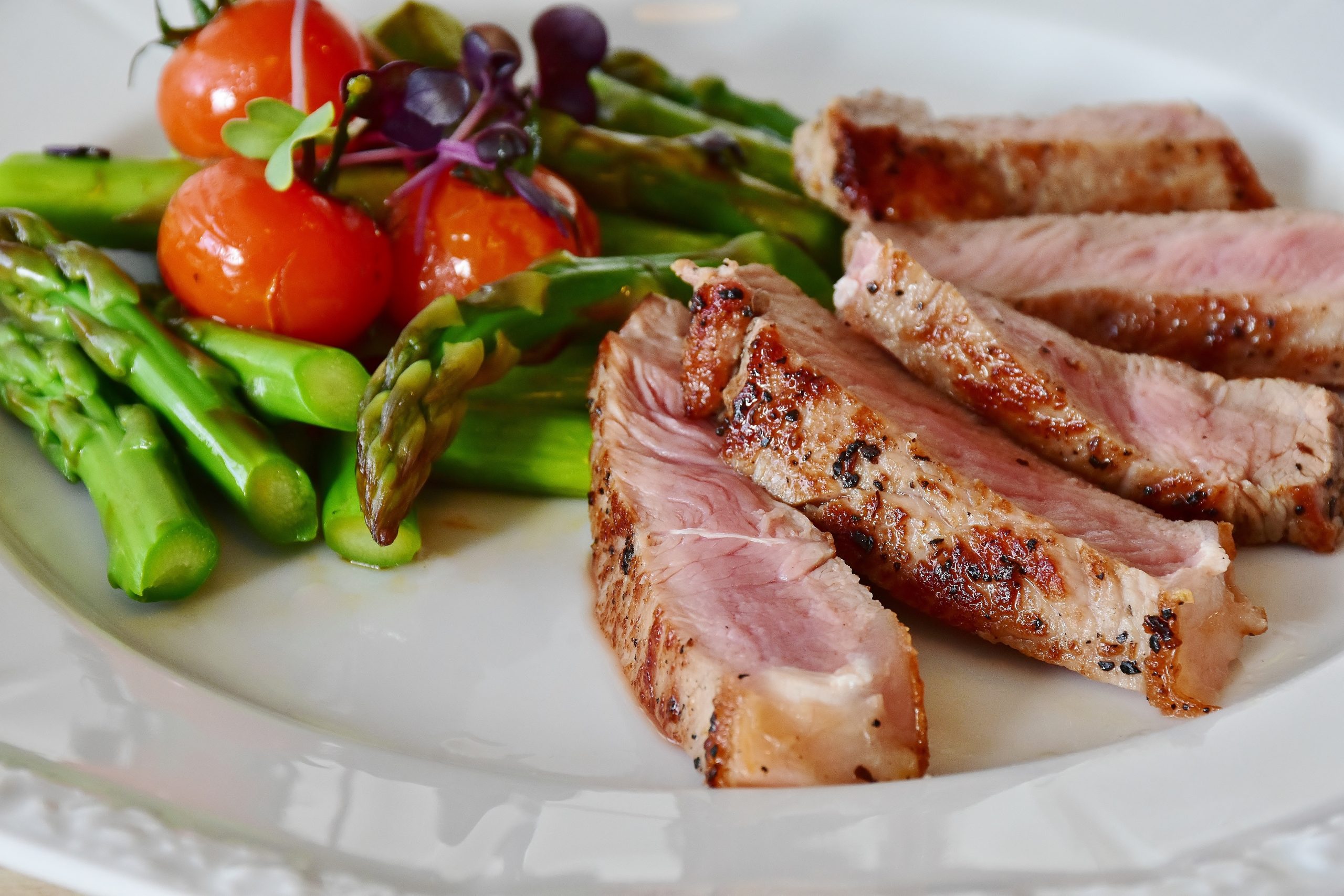Eat Beef or Plants – Which is Better?
Fats, carbohydrates, and protein are the three macronutrients that are essential for human life. Protein is necessary for building and repairing tissue and is also needed to create hormones, enzymes, and other vital ingredients for health and wellbeing.


